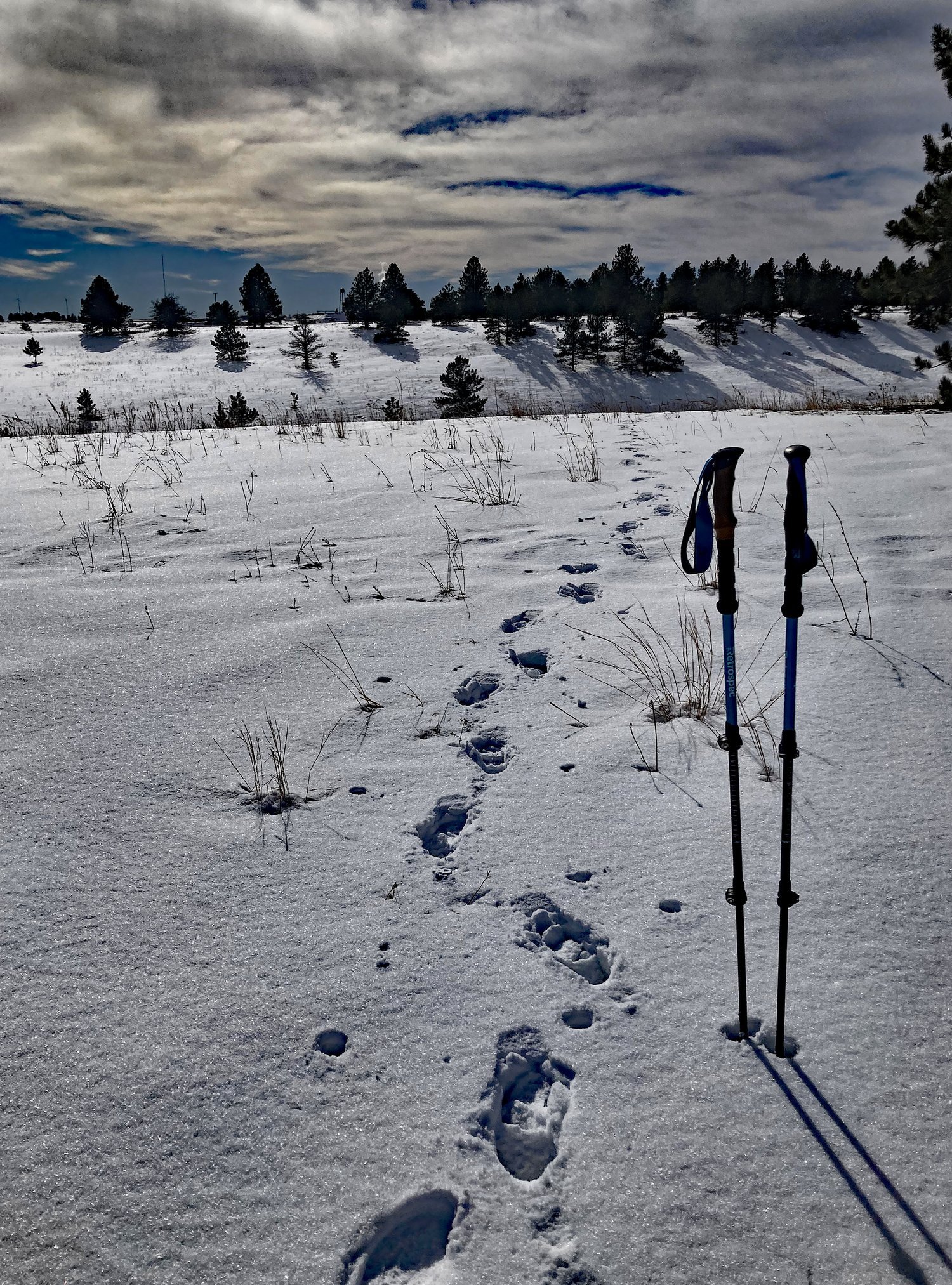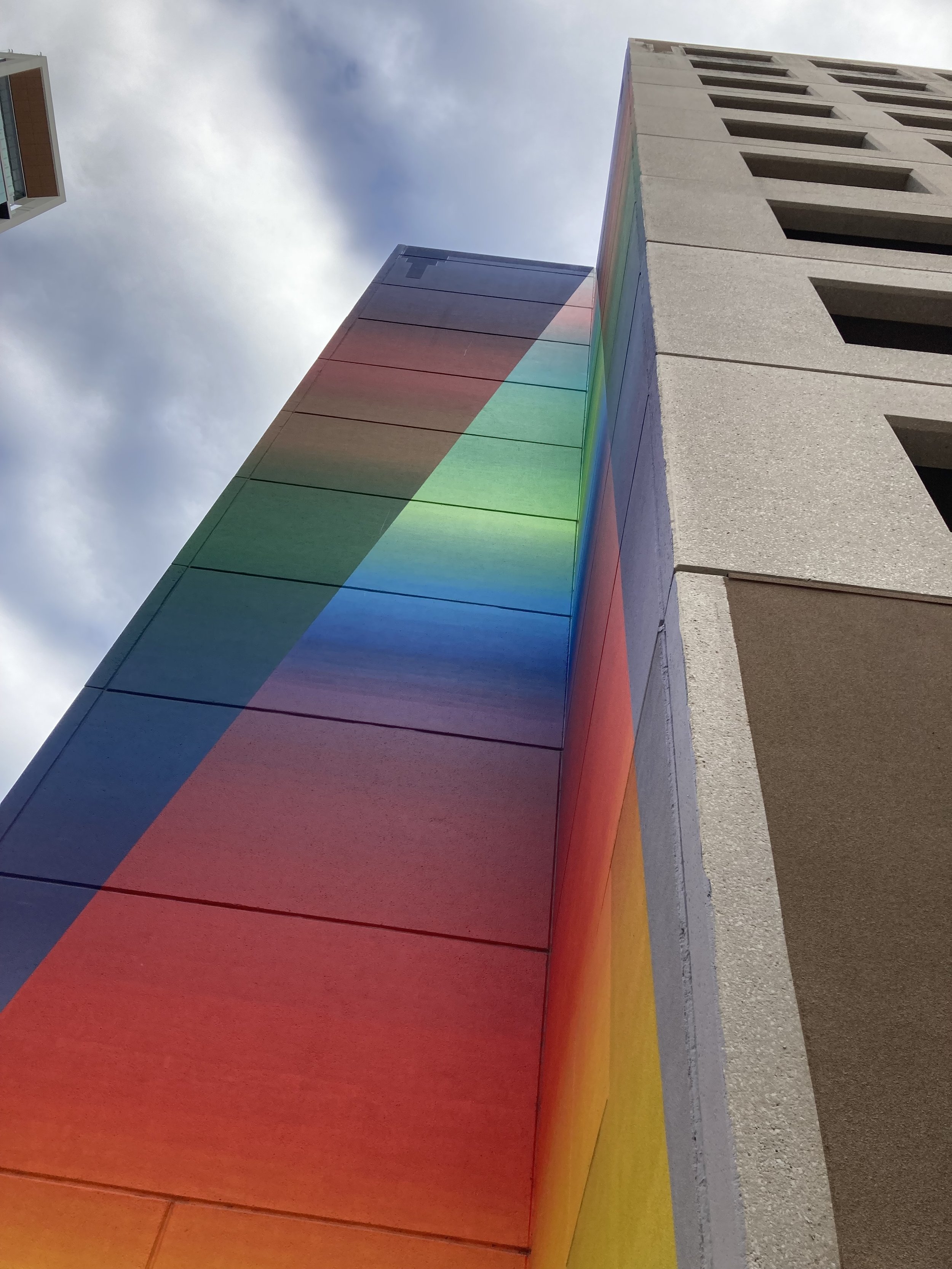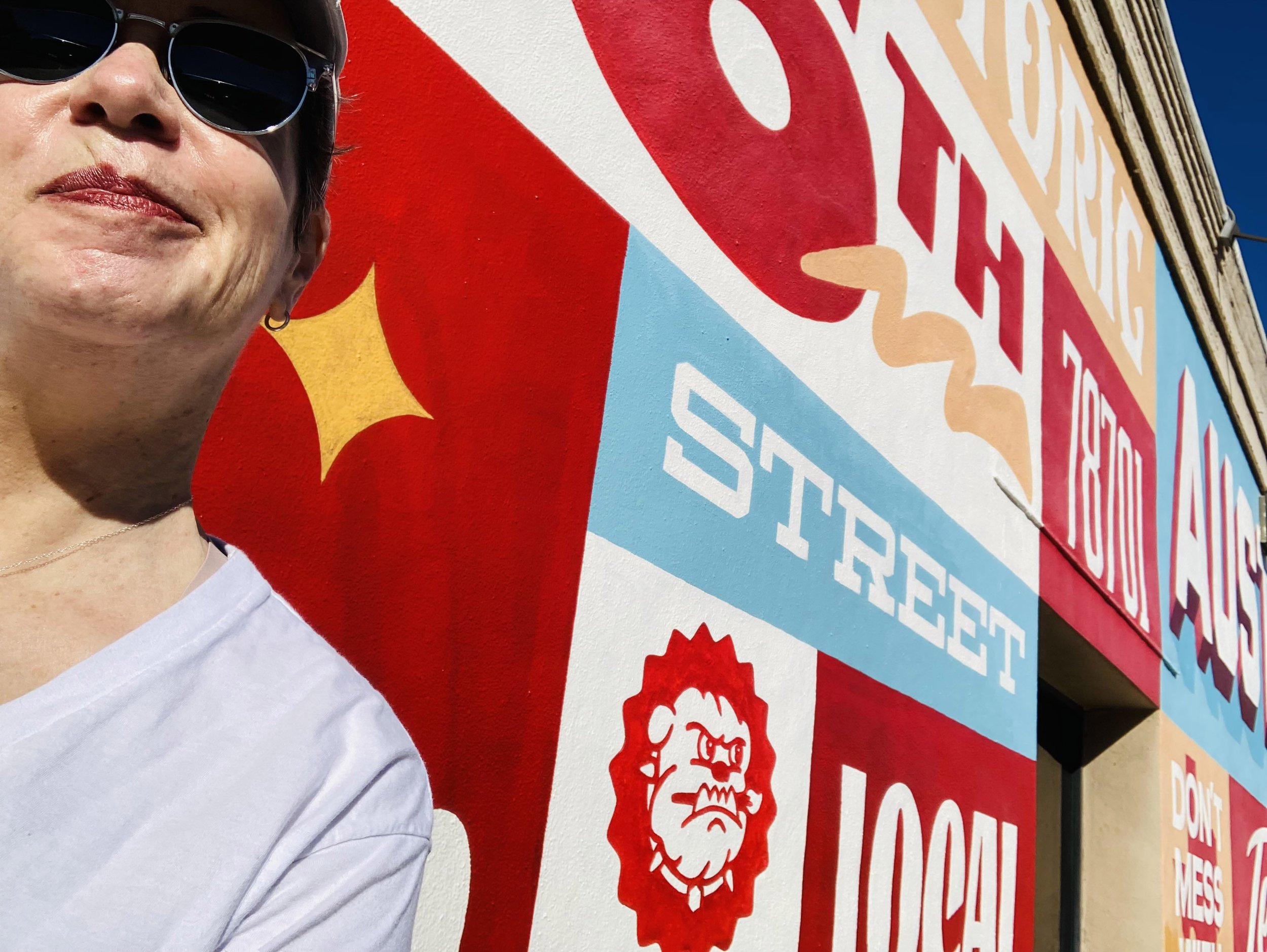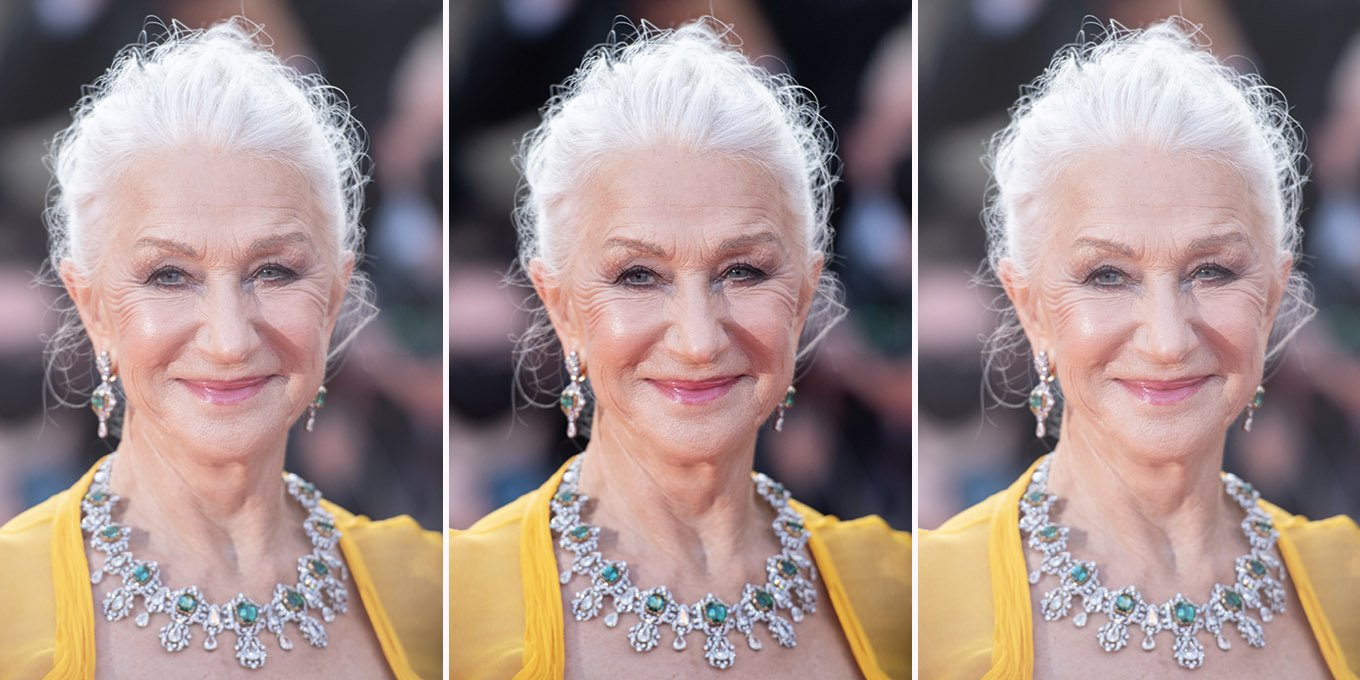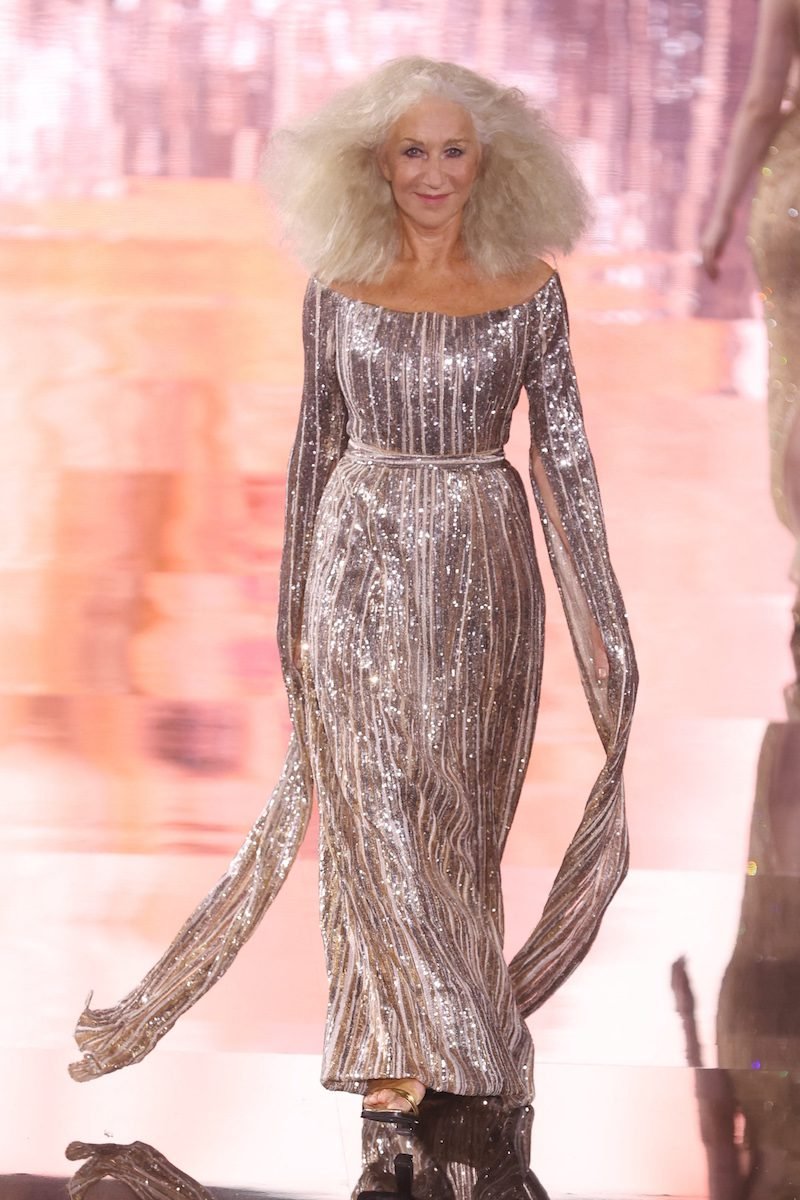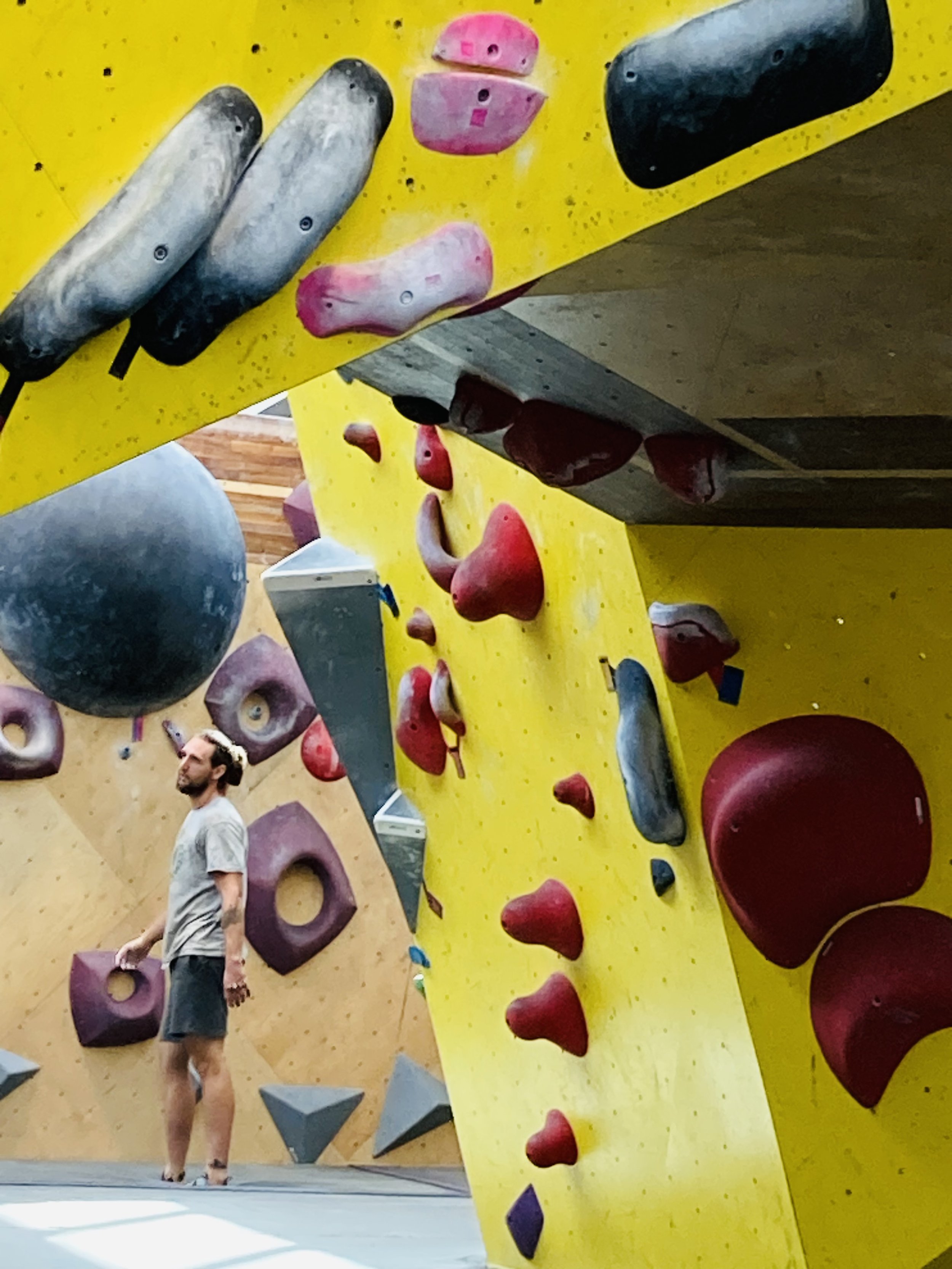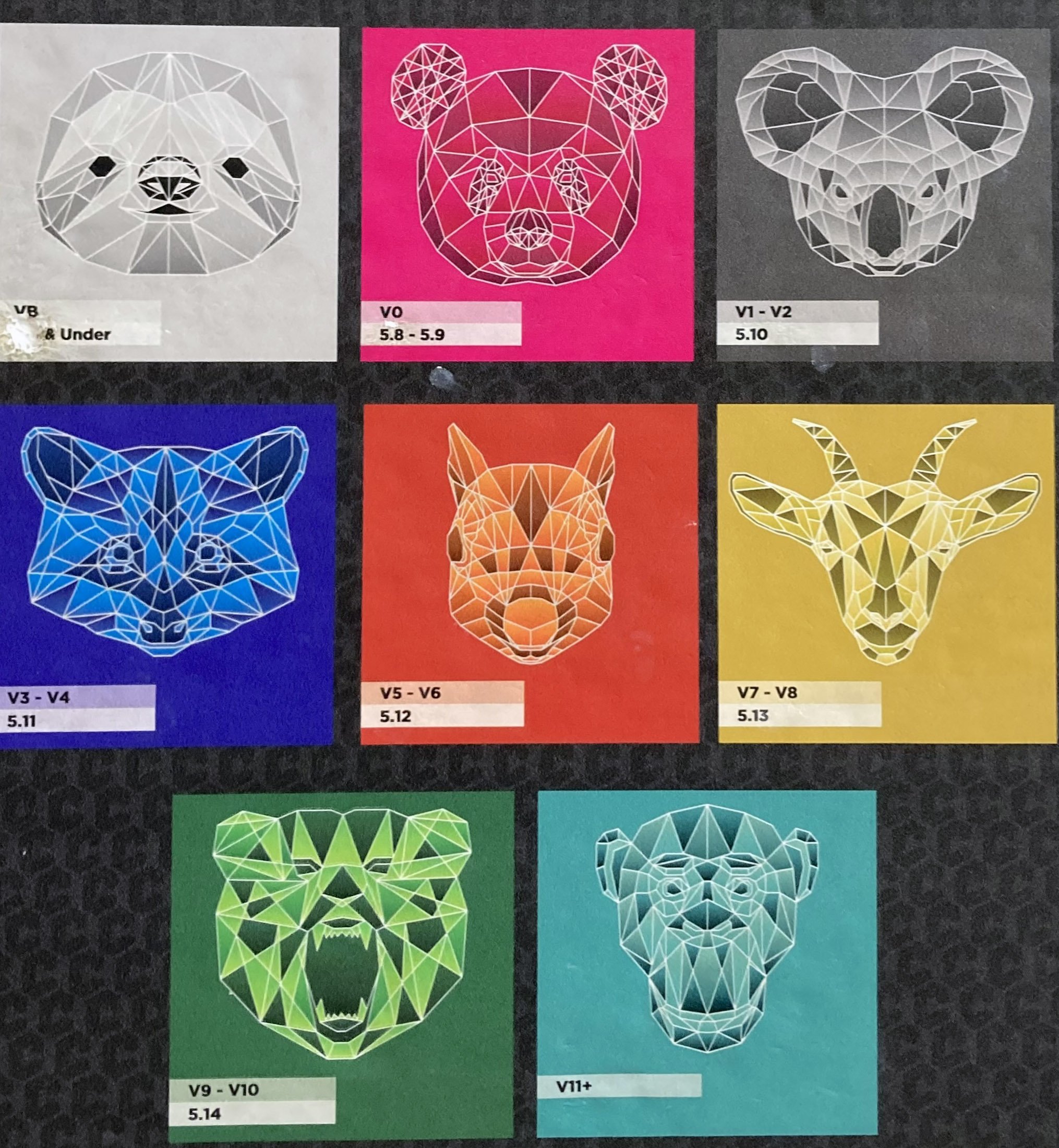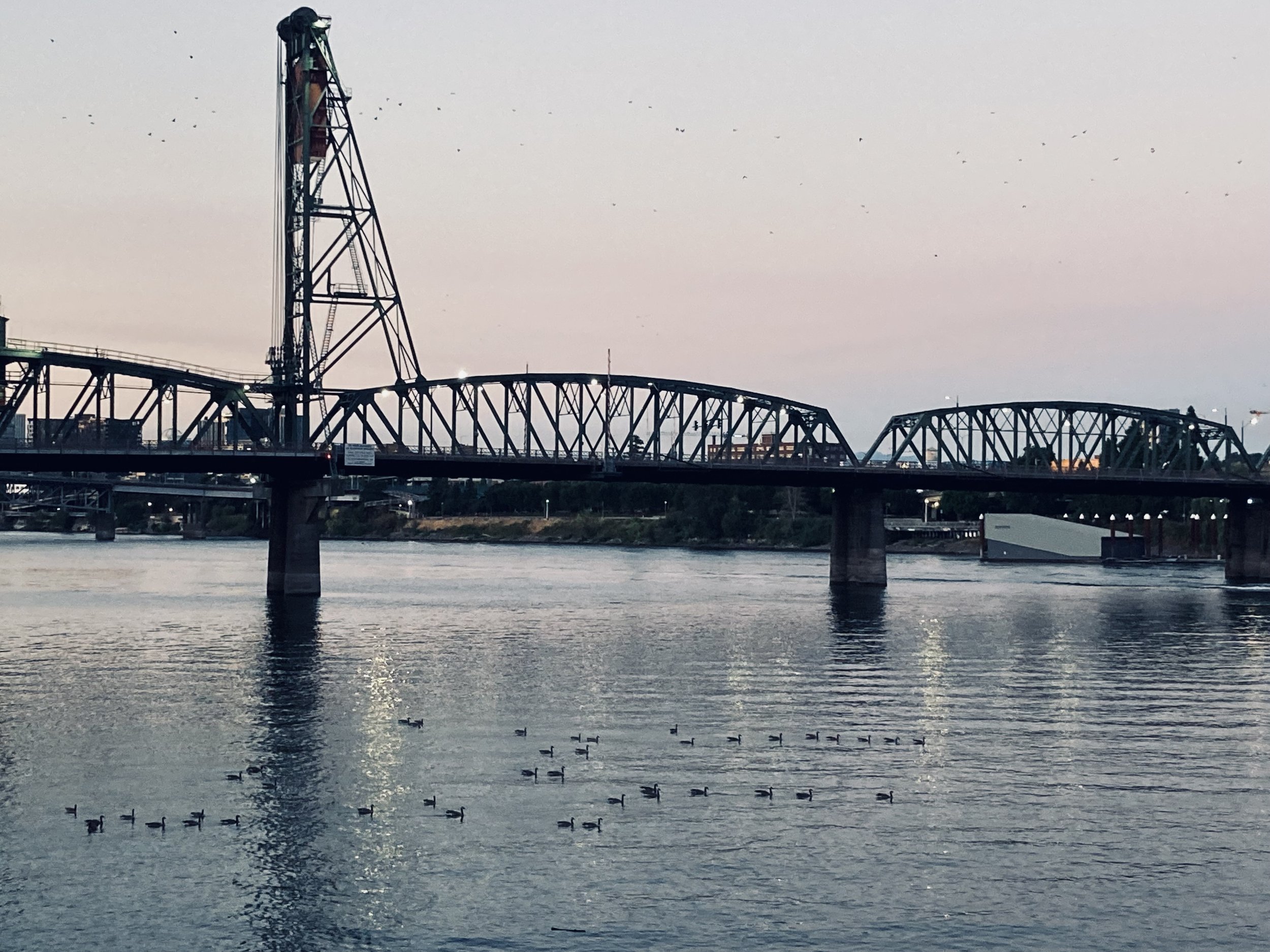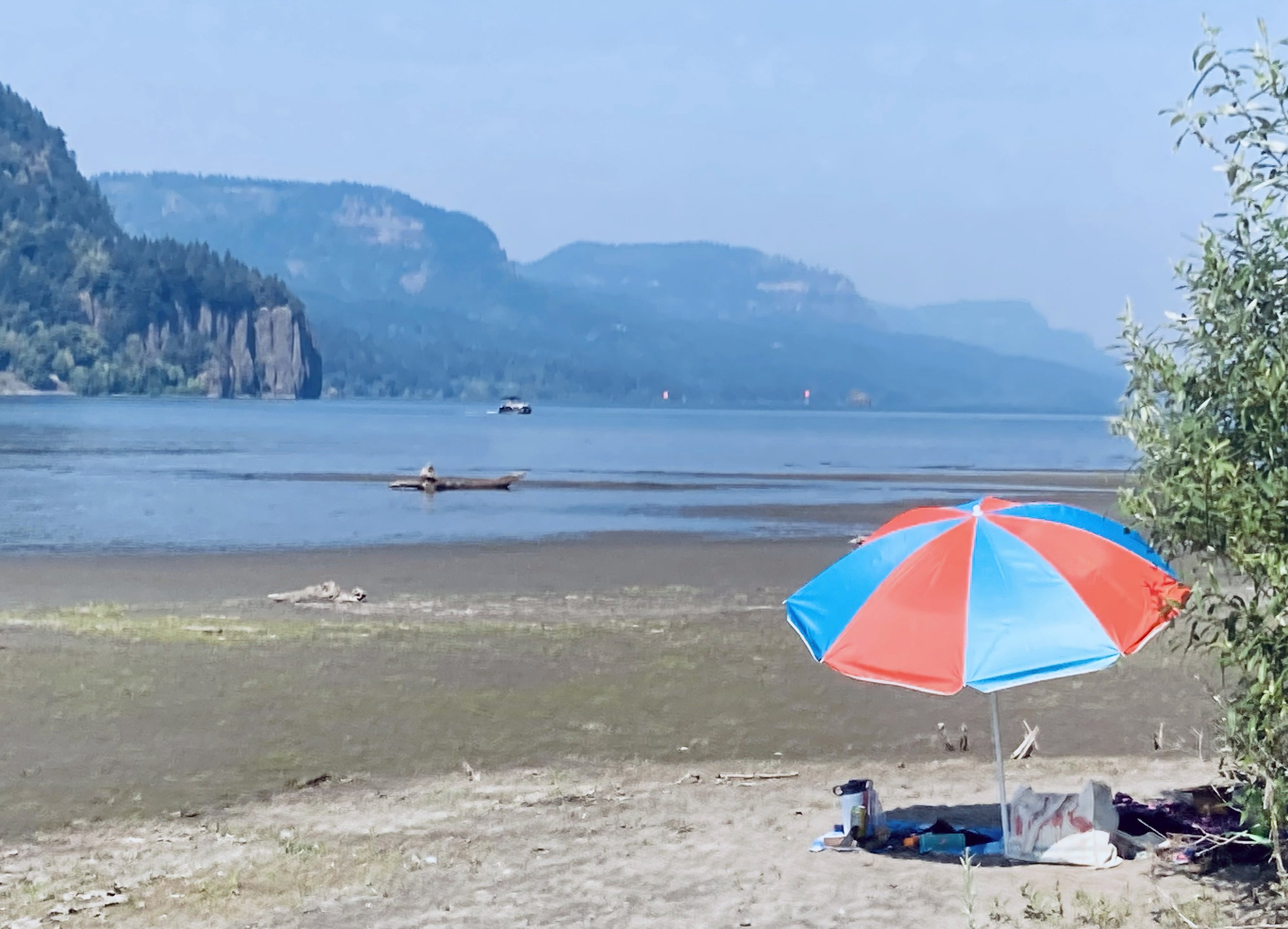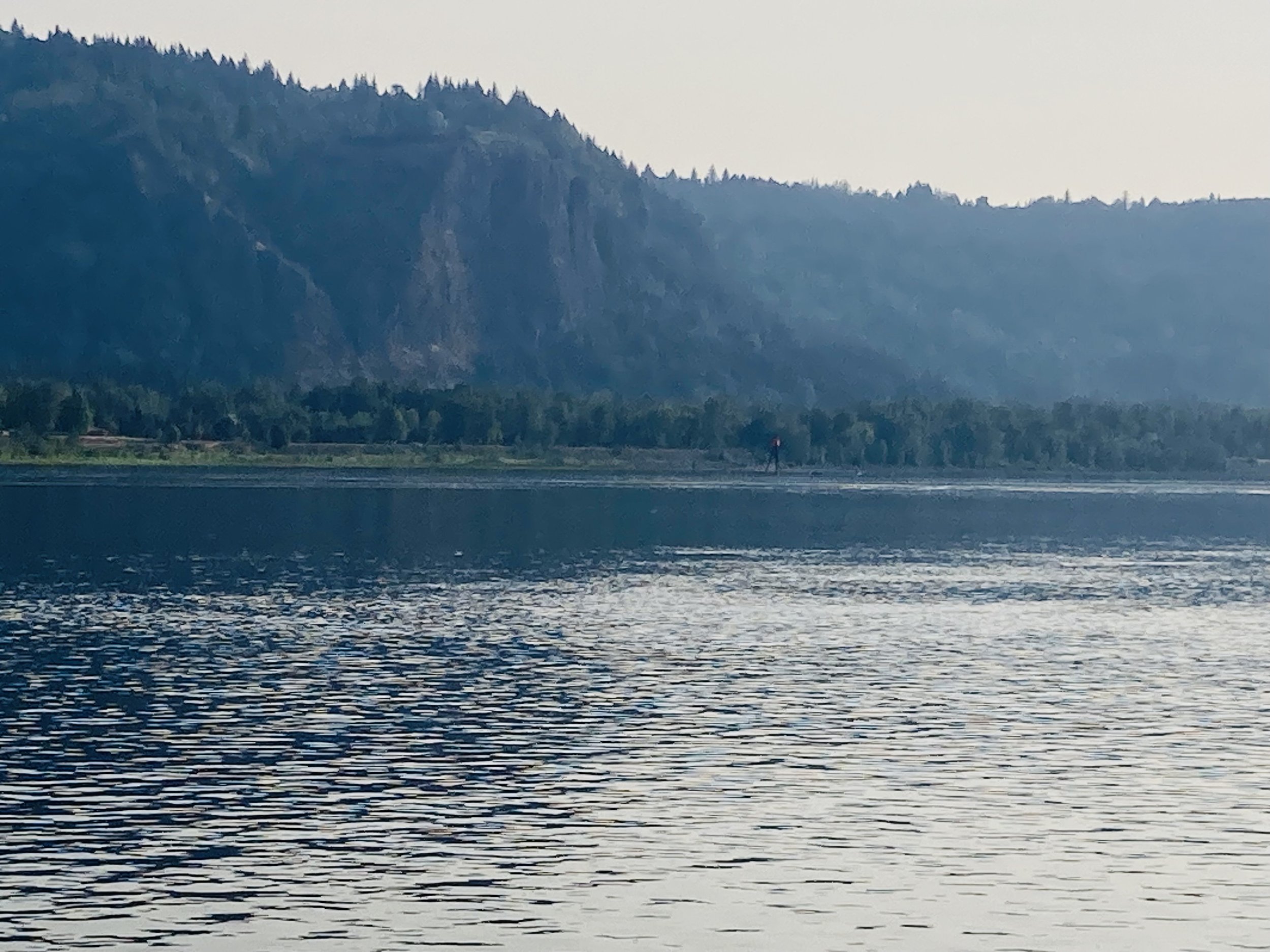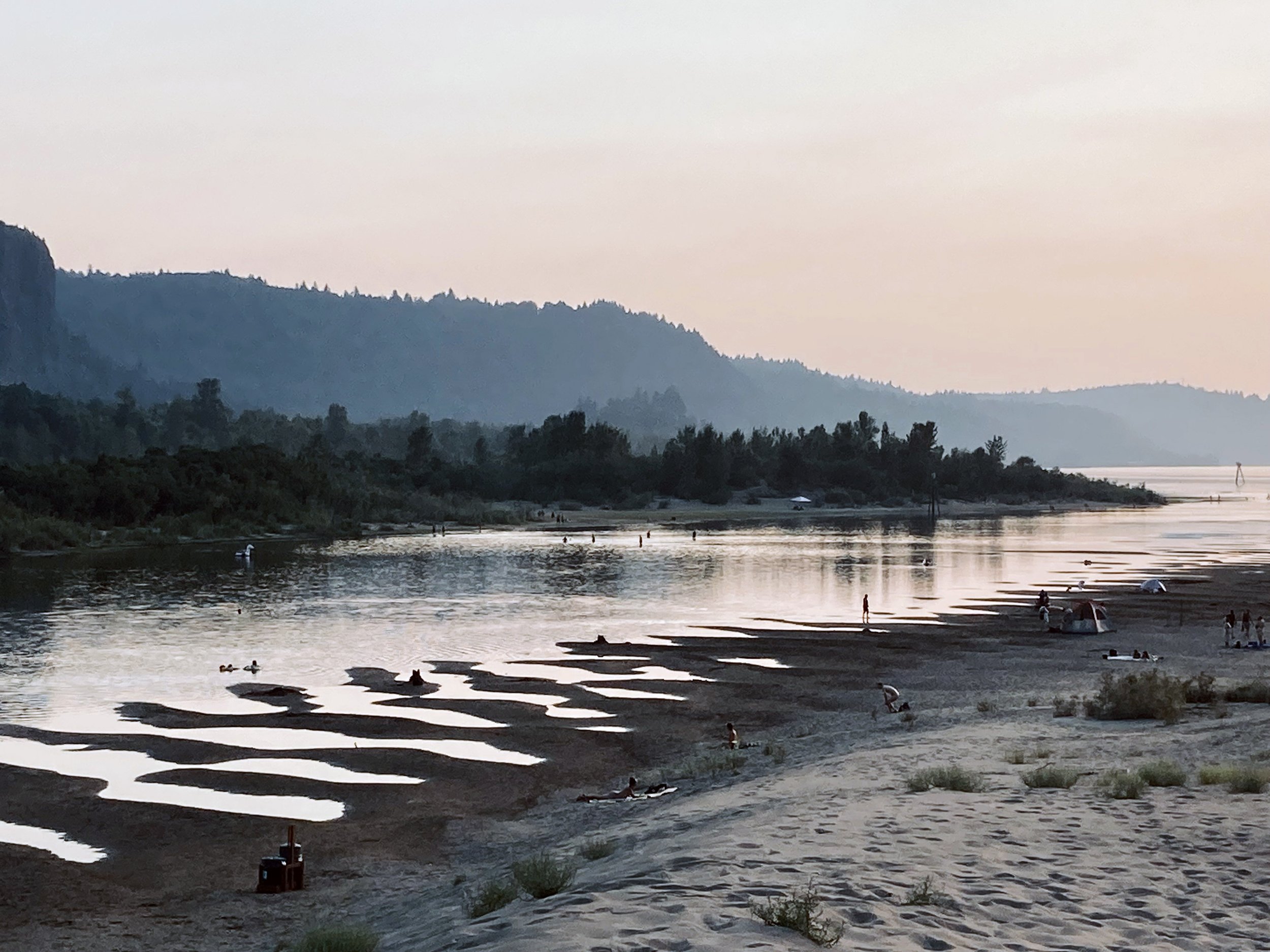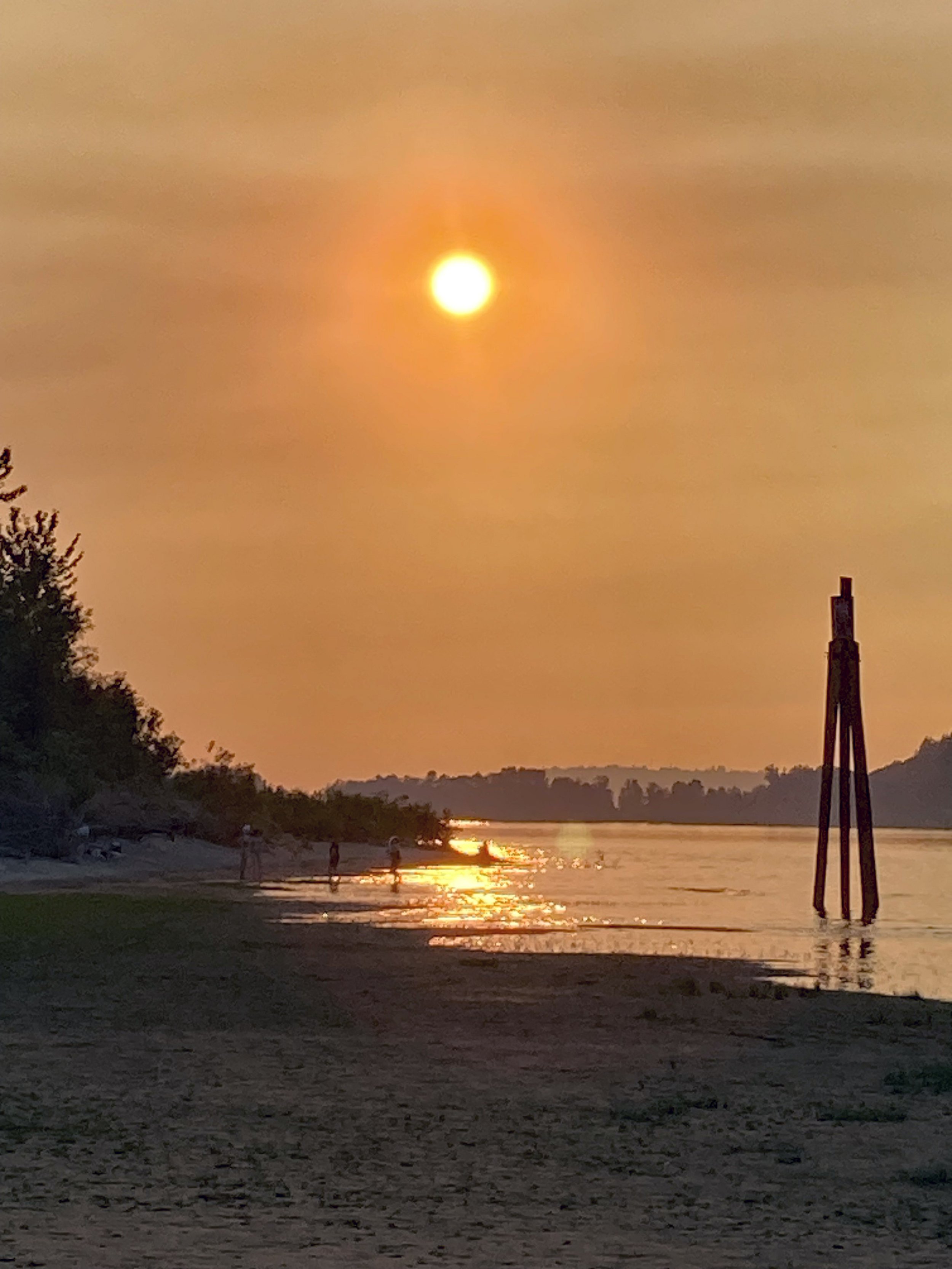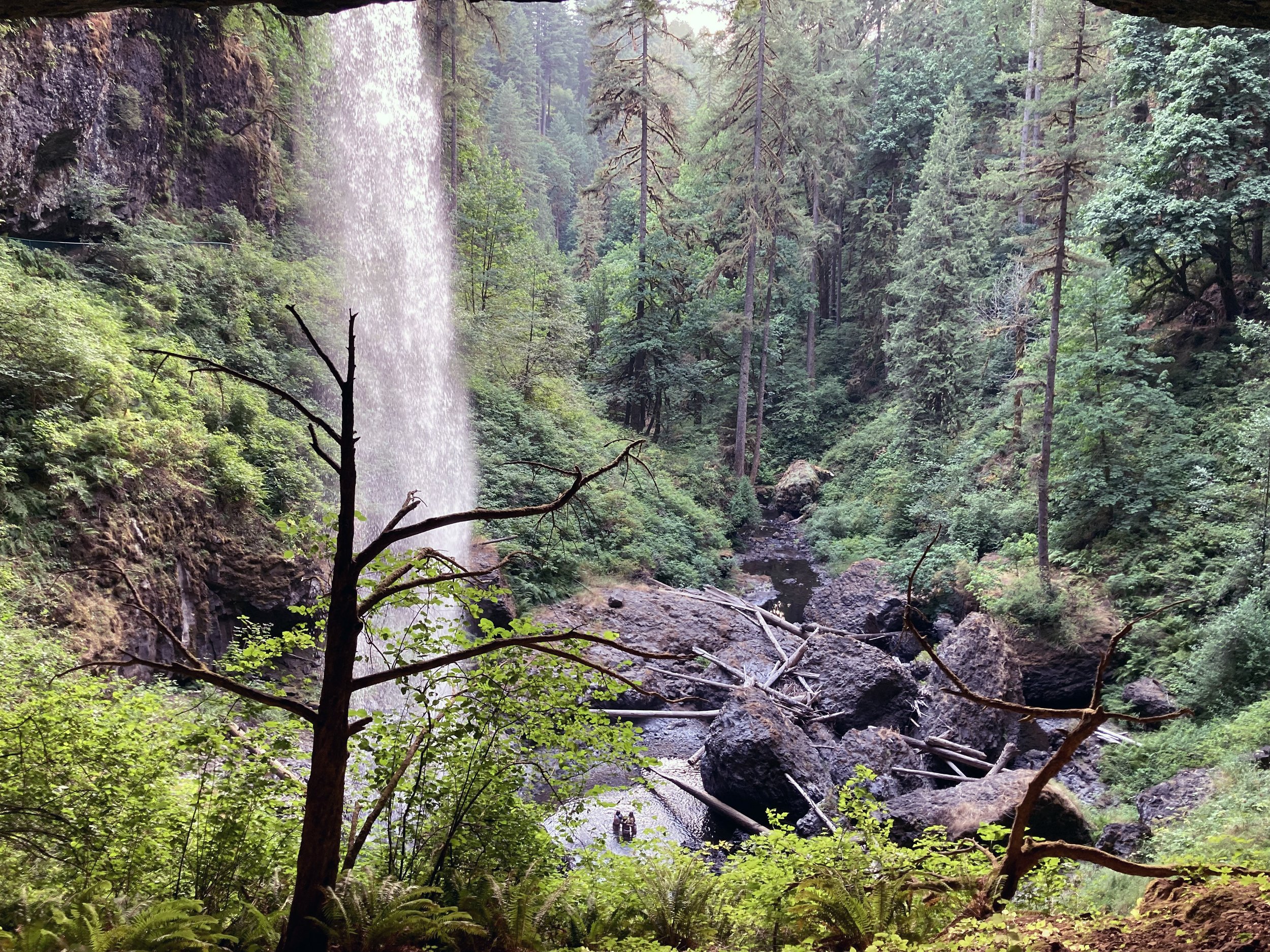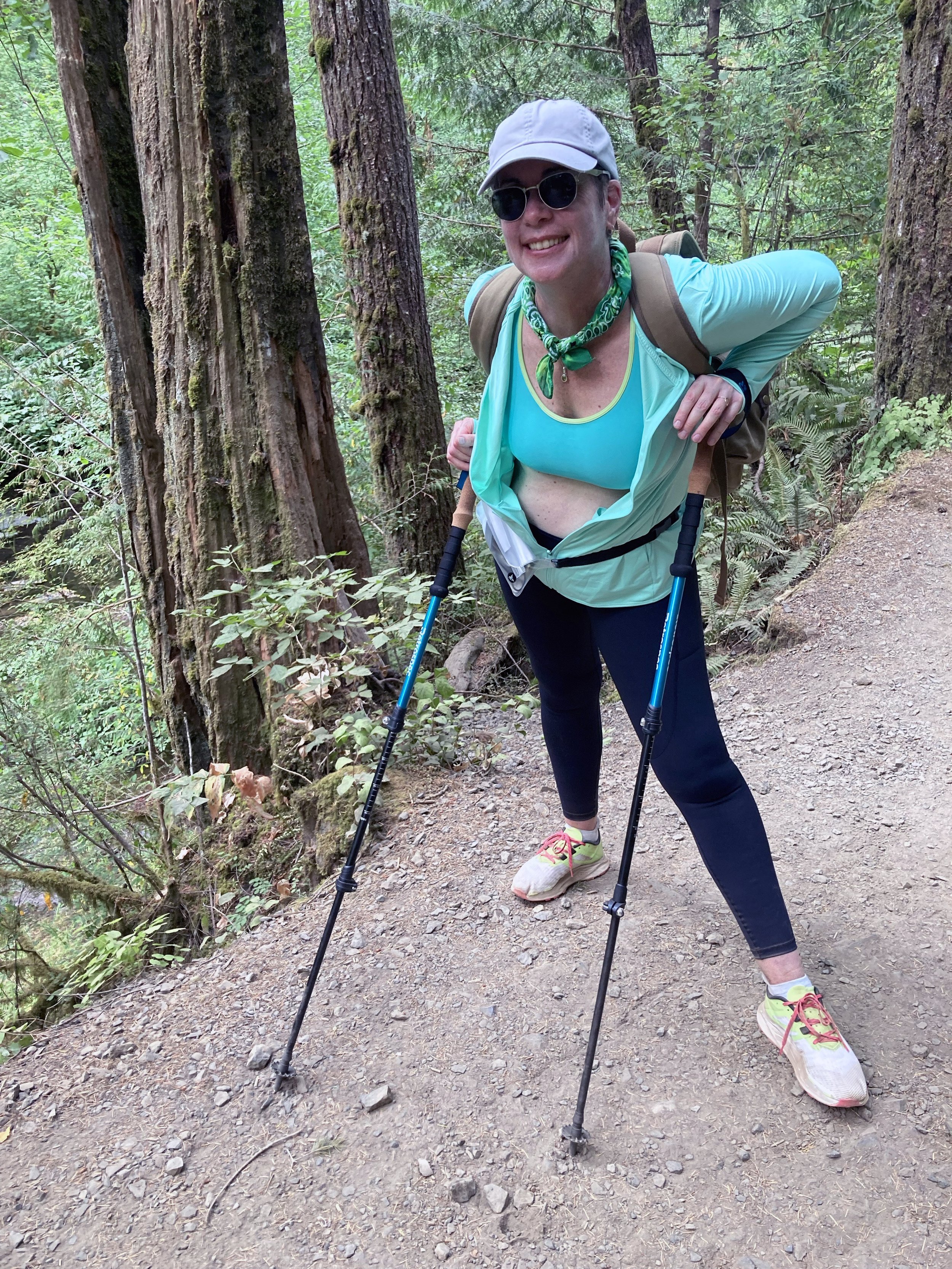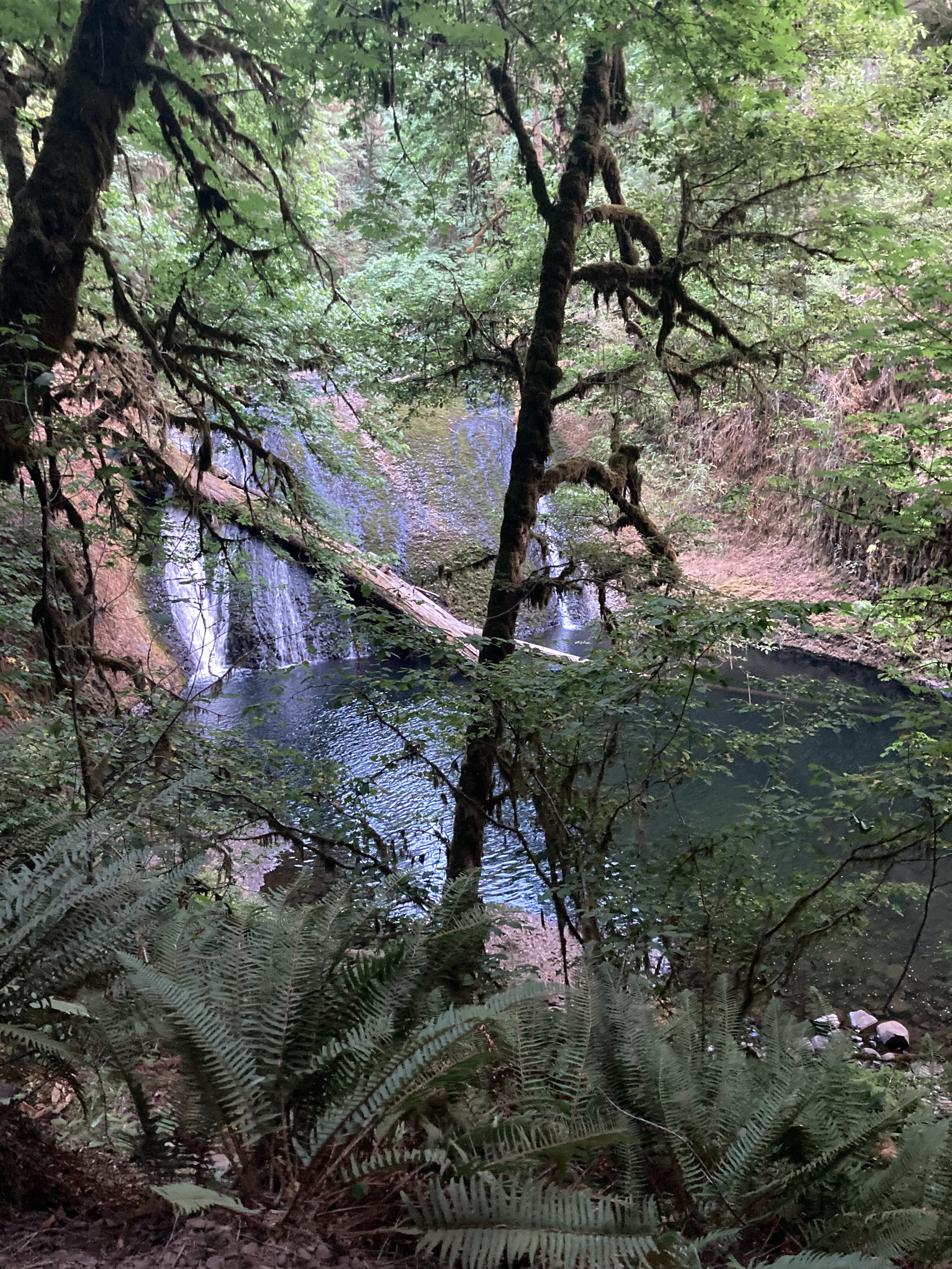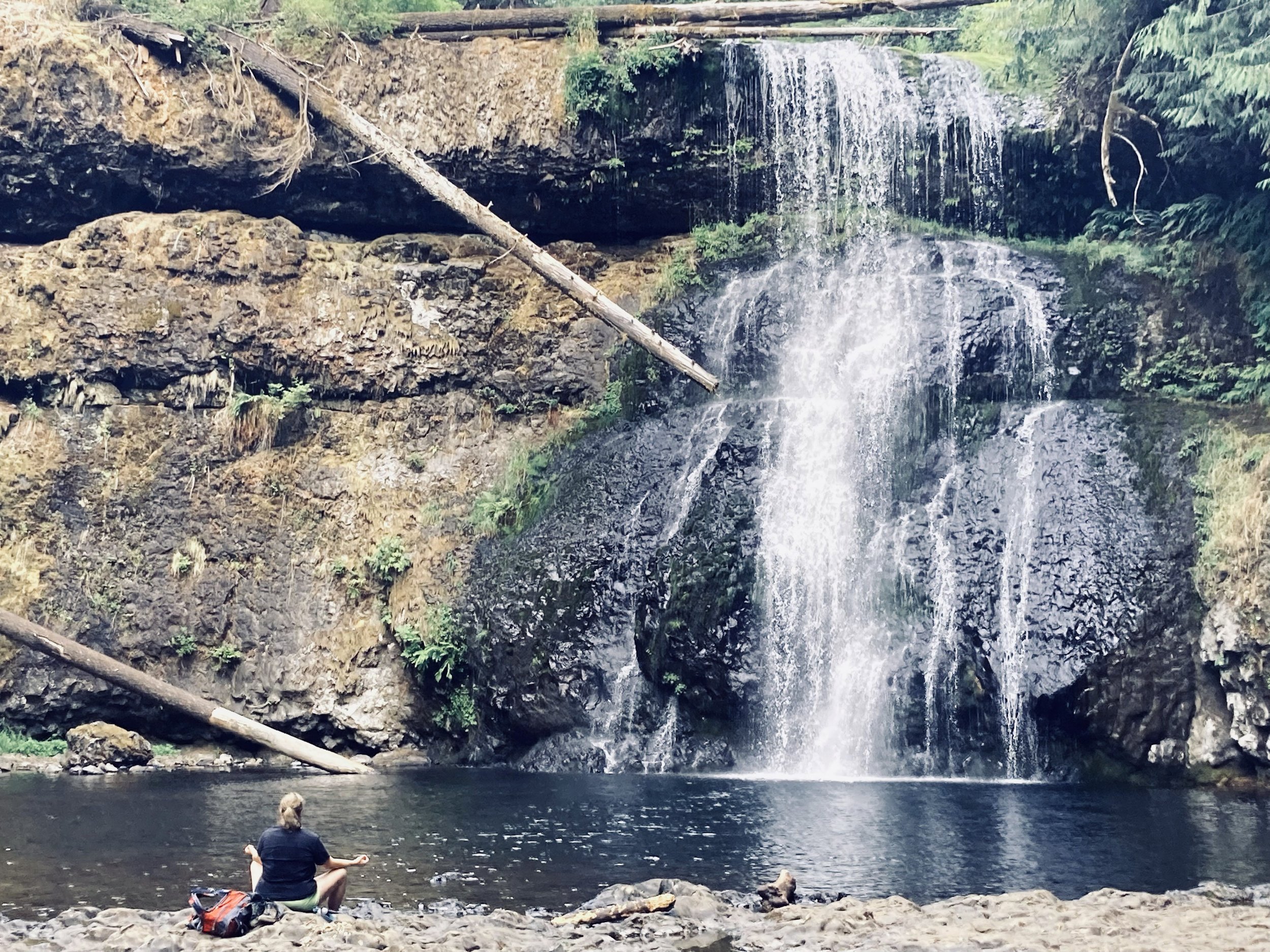March greens: kale, salad, carrots and tomatoes.
I took to gardening when I moved into my house early during the COVID years. A 5x11 plot planted with ornamentals I hated but mostly died the first winter after I moved in gave me the space to climb out of small pots and into the planters that now hold my greens, shrubs and trees. In the midst of so much chaos, I found peace in that work and in the solitude of lockdown that has since been hard to come by. It’s the quiet of that time I miss, the quiet beloved by the Trappist monk I imagine myself to have been lifetimes ago.
But if I look more closely, maybe I’m living a version of that old contemplative life in the latest iteration of the upheaval—this time political—that began in 2020. Trappists revere silence and contemplation, but also manual labor and their handiwork as gardeners. For them, working the earth is a spiritual act. The pleasure I took during a pandemic spent apart from the world coaxing life from seeds or from small spouts, like the one that grew the eight-foot tall pomegranate tree shading the smallest of my living room windows—was far more profound from the small satisfactions of keeping an apartment container garden. On my small plot, connection to the earth felt as solid and immediate as soil between my toes.
Most people welcomed the return to public spaces after the pandemic ended. I did not and chafed under directives to return to the cubicle life of a white collar worker. My place was in the quiet of my home. Any time I could spend in or around my garden became sacred, especially those mornings or evenings when I would sit on my porch and refresh my senses with greenery I had nurtured over two years. Nodding their heads in the wind, those green-headed children of Gaia now brought me back into balance simply by existing.
Normalcy didn’t last; it couldn't. The virus had been a harbinger of change and a warning that old structures were at risk of even more damage from what was to come. Four years after I moved into my small refuge, a much greater threat emerged when political power changed hands and the people who rushed in started smashing whatever they could from the first day. Like everyone I reeled and wobbled until I could stand up straight enough to hold on to whatever my hands could grab. I didn’t want this, neither did most of the people I knew. Yet here we were. More and more I took to standing barefoot in my garden to let the earth steady me. That at least was solid.
Scarcity—or its possibility —was nothing new to me. The year before I’d lost my job and remained without work for almost six months. But what I was seeing felt totally different. Supply chains were at far greater risk of disruption than they had been before. As the people in power continued to destroy the mechanisms that had allowed me to live my old life, they had forced me to rethink how I might one day have to meet needs I never thought could possibly go unmet. Now the luxury of a patch of earth to grow what pleased began to look increasingly like a space of utility. It dawned on me that my skills as a gardener might one day be skills I might need to manage coming instability.
Garage hydroponics
But that patch of earth was small. And Texas summers had grown increasingly unforgiving. The tenderest garden greens would not likely not survive even with daily watering. So in late January, I created a second indoor garden in my garage with two hydroponic units I set up in an old wood planter neighbors had once complained was too ugly for the front yard. Dropping salad, herb and cherry tomato seeds into hydroponic sponge pods, I held my breath and waited. My gesture felt infinitely small against the forces of global bedlam. Some sponges became slick with algae and changing the water could make for slip-sloshy walks to and from the kitchen sink. But the system worked and seedlings soon appeared. There was no spiritual romance of earth and sky here; just the sober practicality of staying prepared for storms I could not yet see but knew were on the horizon.
The seeds have grown quickly under the light of timed LED lamps. I’ve since planted my outdoor garden with the small cone-shaped plugs where the seeds germinate and even enjoyed a small harvest of arugula. At times I’ve chided myself for being overly reactive. But a few weeks ago I noticed that an entire section of prepackaged romaine salad had vanished. Oh, they just shorted us at the warehouse, a grocer told me. The packages did return in far fewer numbers while in the shade of my garage, my greens kept growing in their tubs of mineral-infused water.
The Farmer’s Almanac says summer 2025 will be hotter and drier than normal on the South Central Plains. Local weather says we may see our first 90-degree day before April. I’ll need to reconsider my outdoor growing strategies sooner rather than later: squash will do well in the heat and so will my tomatoes, but the greens will need to grow indoors. Oddly—or maybe not—I've found that planning out and caring for both my gardens has blotted out some of the overwhelm from externals. The problem has brought forward a solution that helps me move forward; but the truth is that it's bigger than that. A revolution in self-sufficiency and sustainability is coming fast enough that I can no longer dissociate enough to convince myself that gaps in my reality are just tricks of the eye: I could have sworn I saw those salad heads the last time I was here.































